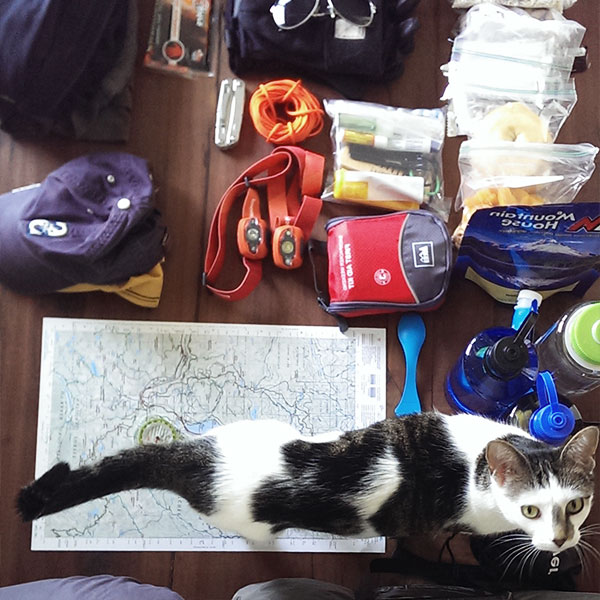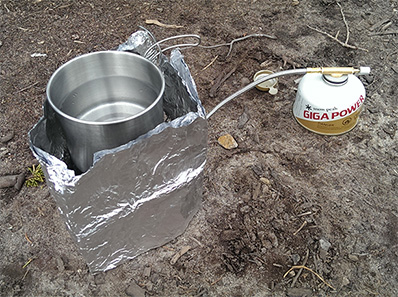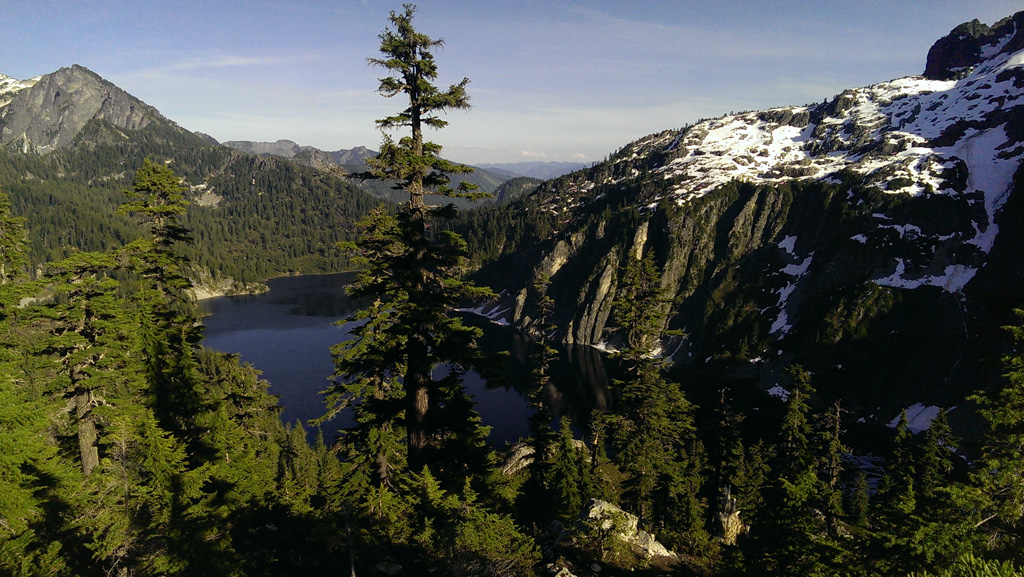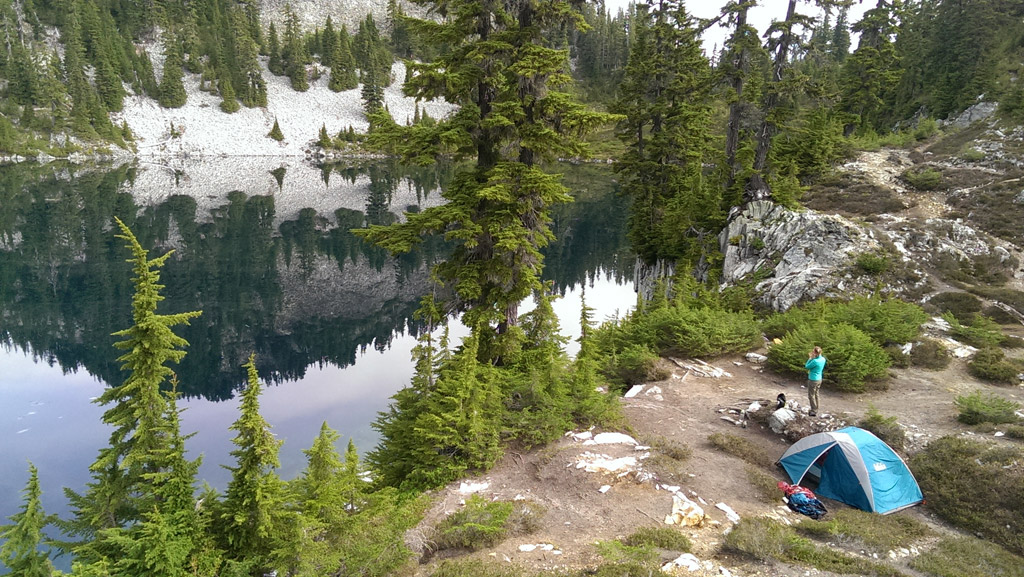Some people stand in line for the newest cellphone, while others for Black Friday specials. Me? This weekend I queued up for the REI Garage Sale at the Seattle flagship store.
REI has a famously generous return policy (some joke their name stands for “Rental Equipment Incorporated”). Perhaps you’ve wondered what happened to those boots you wore once and returned? Well, they end up at the garage sale: a regular event where REI opens its vault of cut-price, barely used or slightly defective outdoor gear.
Read more


